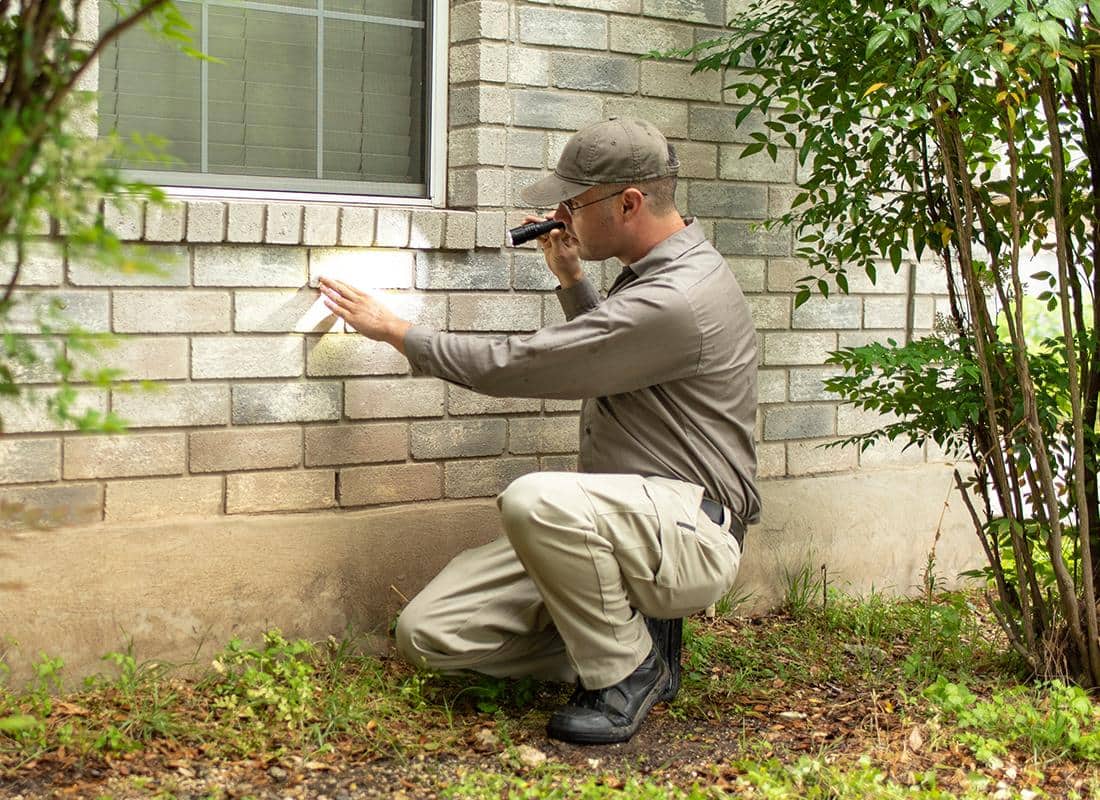
Introduction
Urban areas around the world are facing a growing challenge in the form of rodent infestations. Rodents, such as rats and mice, are adaptable creatures that thrive in urban environments due to the abundance of food and shelter. Their presence poses significant health risks, damages property, and creates a sense of unease among residents. Traditional pest control methods often fall short in effectively managing these infestations. However, in recent years, innovative approaches have emerged that show promise in tackling rodent problems in urban areas. This article explores the challenges posed by rodents in urban environments and highlights some of the cutting-edge pest control solutions that are being employed to combat this persistent issue.
1. The Impact of Rodents in Urban Areas
Rodents in urban areas pose numerous challenges and hazards to both human health and infrastructure. These pests carry various diseases, including salmonellosis, leptospirosis, hantavirus, and plague, which can be transmitted to humans through direct contact or contamination of food and water sources. Furthermore, rodents are known to cause significant damage to buildings, electrical wiring, and plumbing systems, leading to costly repairs and safety hazards. The presence of rodents can also harm the reputation and economy of a city, deterring tourists and potential investors.
2. Factors Contributing to Rodent Infestations in Urban Areas
Several factors contribute to the proliferation of rodents in urban environments. The abundance of food sources, such as improperly stored garbage, pet food, and bird feeders, provides an attractive environment for rodents. Overgrown vegetation and cluttered spaces create ideal hiding places for these pests. Additionally, inadequate waste management practices and the lack of proper sanitation infrastructure contribute to the growth of rodent populations. Urbanization and climate change further exacerbate the problem, as construction activities and altered weather patterns disturb rodent habitats and push them towards human settlements.
3. Traditional Pest Control Methods and Their Limitations
Traditional pest control methods, such as trapping and the use of chemical rodenticides, have been the primary means of managing rodent populations in urban areas. While these methods can be effective to some extent, they have inherent limitations. Traps often capture only a small fraction of the rodent population and require constant monitoring and resetting. Moreover, rodenticides can pose risks to non-target species, including pets and wildlife, and their overuse can lead to the development of resistance among rodents, rendering them ineffective over time.
4. Innovative Pest Control Solutions
To address the challenges posed by rodents in urban areas, researchers and pest control professionals have been developing innovative solutions that are more efficient, humane, and environmentally friendly. Some of these solutions include:
a) Integrated Pest Management (IPM): IPM combines various strategies to control rodent populations effectively. It emphasizes preventive measures, such as sealing entry points, removing food and water sources, and maintaining cleanliness. IPM also incorporates targeted trapping and baiting methods, reducing the reliance on chemical rodenticides.
b) Biological Control: Biological control methods involve using natural predators or pathogens to control rodent populations. For instance, introducing barn owls or other raptors into urban areas can help control rodent numbers by preying on them. Similarly, the use of rodent-specific viruses or bacteria that cause lethal infections has shown promise as an effective control measure.
c) Rodent Birth Control: Another innovative approach is the use of contraceptive methods specifically designed for rodents. These methods target the reproductive system of rodents, reducing their ability to reproduce and gradually decreasing the population over time. This approach offers a humane and long-term solution to rodent control.
d) Smart Pest Monitoring Systems: Technology-driven solutions, such as smart pest monitoring systems, have gained popularity in urban rodent control. These systems use sensors, cameras, and artificial intelligence algorithms to detect rodent activity, monitor population trends, and provide real-time data to pest control professionals in San Antonio. This allows for timely interventions and more targeted control measures.
e) Community Engagement and Education: Encouraging community participation and awareness is crucial in addressing rodent infestations. Educational campaigns can help residents understand the importance of proper waste management, sealing entry points, and adopting preventive measures. Involving the public in reporting and monitoring rodent activity can assist in identifying problem areas and implementing effective control strategies.
Advantages of Innovative Pest Control Solutions
· The innovative pest control solutions mentioned earlier offer several advantages over traditional methods. Firstly, these approaches are often more environmentally friendly. They minimize the use of harmful chemicals and reduce the risk of secondary poisoning to non-target species. This is particularly important in urban areas where ecosystems are already fragile and diverse.
· Secondly, these solutions focus on long-term effectiveness. Rather than relying solely on short-term measures, they aim to address the root causes of rodent infestations. By targeting breeding, access to food and water sources, and hiding places, innovative methods help in achieving sustained control and reducing the chances of re-infestations.
· Thirdly, innovative pest control solutions prioritize humane practices. Traditional methods, such as snap traps and rodenticides, can cause pain and suffering to rodents. In contrast, approaches like biological control and rodent birth control methods aim to control populations without causing unnecessary harm. These methods align with the principles of ethical pest control and demonstrate a more compassionate approach towards wildlife management.
Conclusion
Rodents in urban areas pose a significant challenge, but innovative pest control solutions offer promising avenues for effective management. By embracing approaches like integrated pest management, biological control, rodent birth control, smart pest monitoring systems, and community engagement, cities can mitigate the risks associated with rodent infestations. These solutions provide environmentally friendly, long-term, and humane alternatives to traditional pest control methods. However, successful implementation requires collaboration, education, and ongoing research to refine and optimize these approaches. By prioritizing rodent control as a public health and infrastructure concern, urban areas can create safer, healthier, and more livable environments for their residents.




























